Hi gang! Lonely Robot Theme is going paid, yay me! Nothing is going behind a paywall at the moment, but soon there will be some subscriber only content. So if you don’t want to miss out on anything, please consider upgrading your subscription. Many thanks, LRT.
Loneliness is a profound human emotion, evoking a sense of isolation and detachment from the world around us. It is a sentiment that has plagued numerous artists throughout history, including the iconic Vincent van Gogh. This essay delves into the life and artistic journey of Van Gogh, exploring his struggle with loneliness and the complex relationship he shared with fellow painter Paul Gauguin.
Vincent van Gogh, born on March 30, 1853, in the Netherlands, was a post-impressionist artist whose work continues to captivate the world. From a young age, Van Gogh grappled with feelings of loneliness and a profound inability to connect with others. His inner turmoil was often expressed through his art, as he sought solace and understanding through his brushstrokes.
Van Gogh's art acted as a sanctuary for his emotions, offering a window into the depths of his loneliness. His iconic paintings, such as "Starry Night" and "The Potato Eaters," exemplify his desire to depict the human experience and the world's beauty amid personal struggles. Van Gogh's use of vibrant colors and bold brushstrokes conveyed the intensity of his emotions, making his art a reflection of his turbulent inner world.
In 1888, Van Gogh's life took an unexpected turn when he invited the renowned artist Paul Gauguin to join him in Arles, France. Both men sought companionship and artistic inspiration, hoping to create an artist's commune. Their encounter marked a pivotal moment in both their lives, yet it was far from harmonious.
Van Gogh and Gauguin had vastly different artistic styles and personalities, which inevitably led to conflicts during their time together in Arles. Their clashing egos and temperaments contributed to a series of heated arguments and disagreements, ultimately culminating in an infamous incident. On December 23, 1888, during a heated quarrel, Van Gogh suffered a mental breakdown and famously cut off a part of his ear.
The aftermath of the incident further accentuated Van Gogh's loneliness, as he was institutionalized for treatment. Despite the troubled times, Van Gogh demonstrated remarkable resilience and continued to produce art. However, their once-promising friendship disintegrated, with Gauguin leaving Arles and the two never reconciling.
Vincent van Gogh's life and artistic journey were profoundly influenced by the loneliness he experienced throughout his existence. His struggle with mental health and his desire for meaningful connections with others are evident in his remarkable body of work. The complex relationship with Paul Gauguin further exemplifies the intricate nature of human connections, where both camaraderie and discord can coexist.
Vincent Willem van Gogh: A Tale of Art, Struggles, and Immortality.
Vincent Willem van Gogh was a Dutch post-impressionist artist whose name has become synonymous with brilliance, creativity, and a tumultuous life. Born on March 30, 1853, in the village of Groot-Zundert, Netherlands, Vincent van Gogh's artistic journey would go on to influence generations of artists and captivate the world with his iconic paintings.
Vincent van Gogh was the son of Theodorus van Gogh, a minister in the Dutch Reformed Church, and Anna Cornelia Carbentus. He was raised in a family that nurtured a strong artistic inclination, with his mother having a particular love for drawing and watercolors. Vincent was the second of six children, and his early years were marked by a love for nature and a deep appreciation for art.
In his youth, Vincent pursued various career paths, including working as an art dealer for Goupil & Cie, an art gallery in The Hague. Although he showed potential in this field, he found it difficult to balance his emotional nature with the demands of the business world. Van Gogh's life also encountered heartbreak when he fell in love with his widowed cousin, Kee Vos-Stricker. Despite his fervent feelings, his affection went unrequited, further contributing to his sense of loneliness and isolation.
Following his struggles in the art trade, Vincent decided to embark on a religious journey, dedicating himself to evangelical work and becoming a preacher in the Borinage mining district in Belgium. However, his fervor and unconventional approach alienated him from his superiors, leading to his dismissal. This period of spiritual devotion and rejection would significantly impact the themes and intensity of his later artistic work.
After leaving his religious pursuits behind, Vincent van Gogh turned his focus to art and began taking formal art lessons. During this period, he experimented with various styles, including realism and impressionism. He drew inspiration from the works of Jean-François Millet and Honoré Daumier, using their pieces as a foundation for his artistic growth.
Vincent's exposure to the vibrant colors and emotional brushwork of the Impressionist movement played a pivotal role in shaping his artistic style. His use of light and color began to evolve, laying the groundwork for the groundbreaking work he would later create.
In 1886, Van Gogh relocated to Paris, the epicenter of the art world at the time. He immersed himself in the company of like-minded artists, including Camille Pissarro, Paul Signac, and Henri de Toulouse-Lautrec. During this period, he became deeply inspired by the avant-garde art scene, resulting in a significant shift in his color palette and brushwork.
Vincent van Gogh's fascination with Japanese woodblock prints further transformed his artistic vision. He admired the simplicity, vivid colors, and unique compositions of these prints, which had a profound impact on his subsequent works. This influence is evident in many of his paintings, such as "The Flowering Plum Tree" and "Portrait of Père Tanguy."
In 1888, Van Gogh decided to escape the hustle of Paris and moved to Arles, a quaint town in the south of France. There, he envisioned creating an artist's commune, inviting fellow painter Paul Gauguin to join him. This period is marked by some of his most celebrated works, including "The Starry Night," "Sunflowers," and "The Yellow House."
Despite the immense creativity that flourished in Arles, Van Gogh's mental health took a severe toll. The intense pressure and clashing personalities with Gauguin led to a violent quarrel, culminating in Vincent cutting off a part of his own ear. Following this traumatic event, he voluntarily admitted himself to a psychiatric hospital in Saint-Rémy-de-Provence, where he continued to create art prolifically.
Tragically, Van Gogh's mental health struggles persisted, and on July 29, 1890, he died from a self-inflicted gunshot wound at the age of 37. Despite his untimely death, Vincent van Gogh's artistic legacy has left an indelible mark on the world of art. His bold and innovative use of colour and his profound emotional connection with nature and humanity continue to resonate with audiences to this day.
Although Van Gogh's art received little recognition during his lifetime, his posthumous fame skyrocketed. His works have become some of the most valuable and iconic pieces in art history. Institutions such as the Van Gogh Museum in Amsterdam and countless exhibitions worldwide pay tribute to his brilliance and tumultuous journey.
Vincent van Gogh's life was a rollercoaster of emotions, marked by loneliness, inner struggles, and a relentless pursuit of artistic expression. His paintings, imbued with passion and a deep connection to the human experience, continue to inspire and move people across the globe. Van Gogh's legacy serves as a testament to the power of art as a means of self-expression and its ability to transcend time, ensuring that his influence on the art world will remain eternal.
Thank you so much for reading. If you would like you read more of this sort of things, I will be posting a related article for subscribers only in the next week or so. You can up upgrade your subscription here if you don’t want to miss out. Cheers LRT.

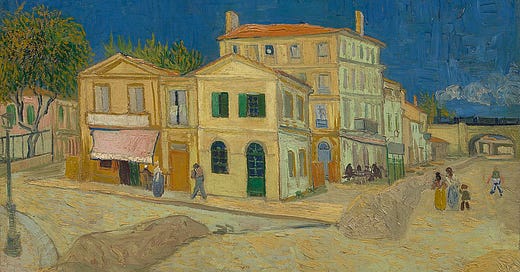





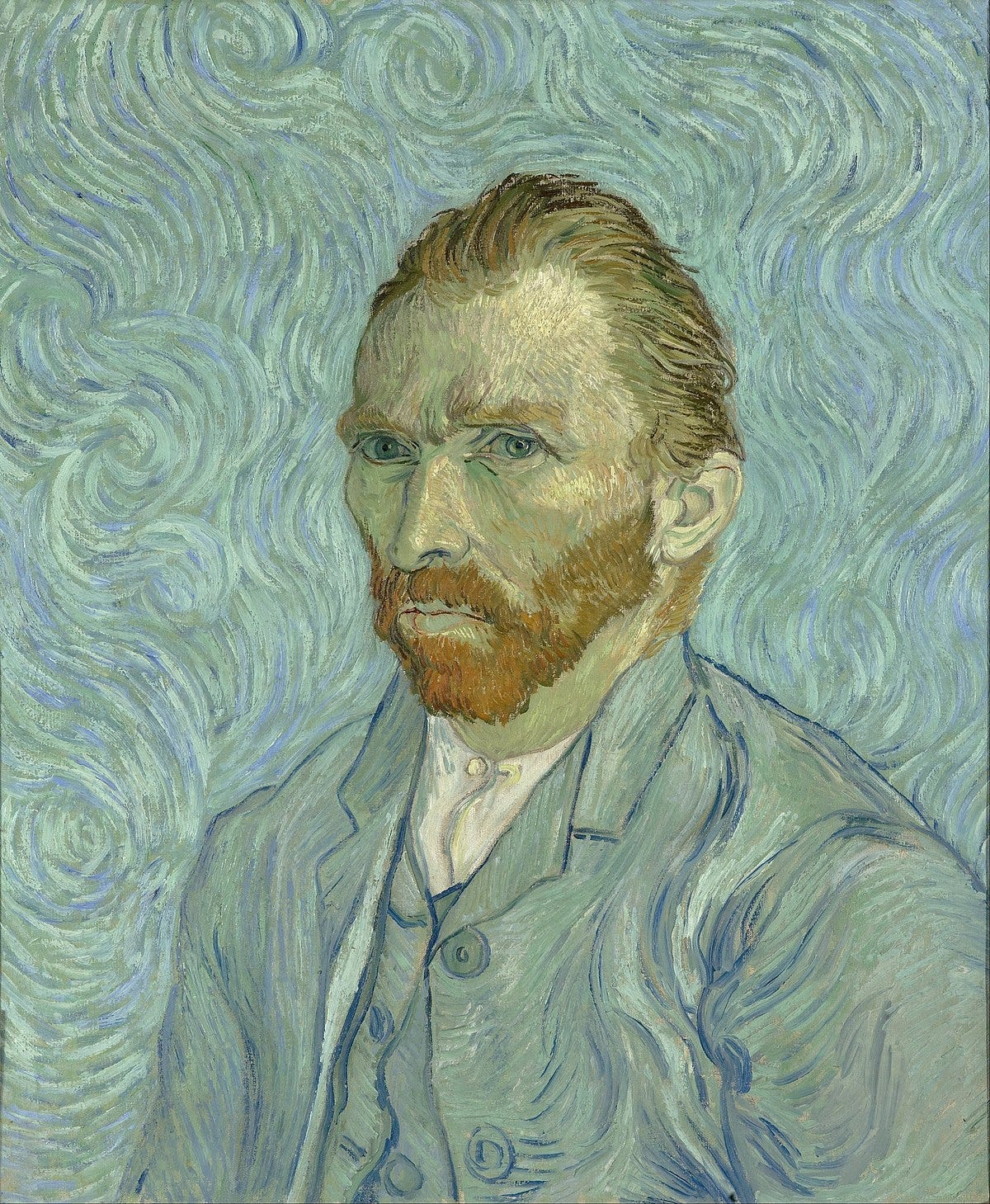
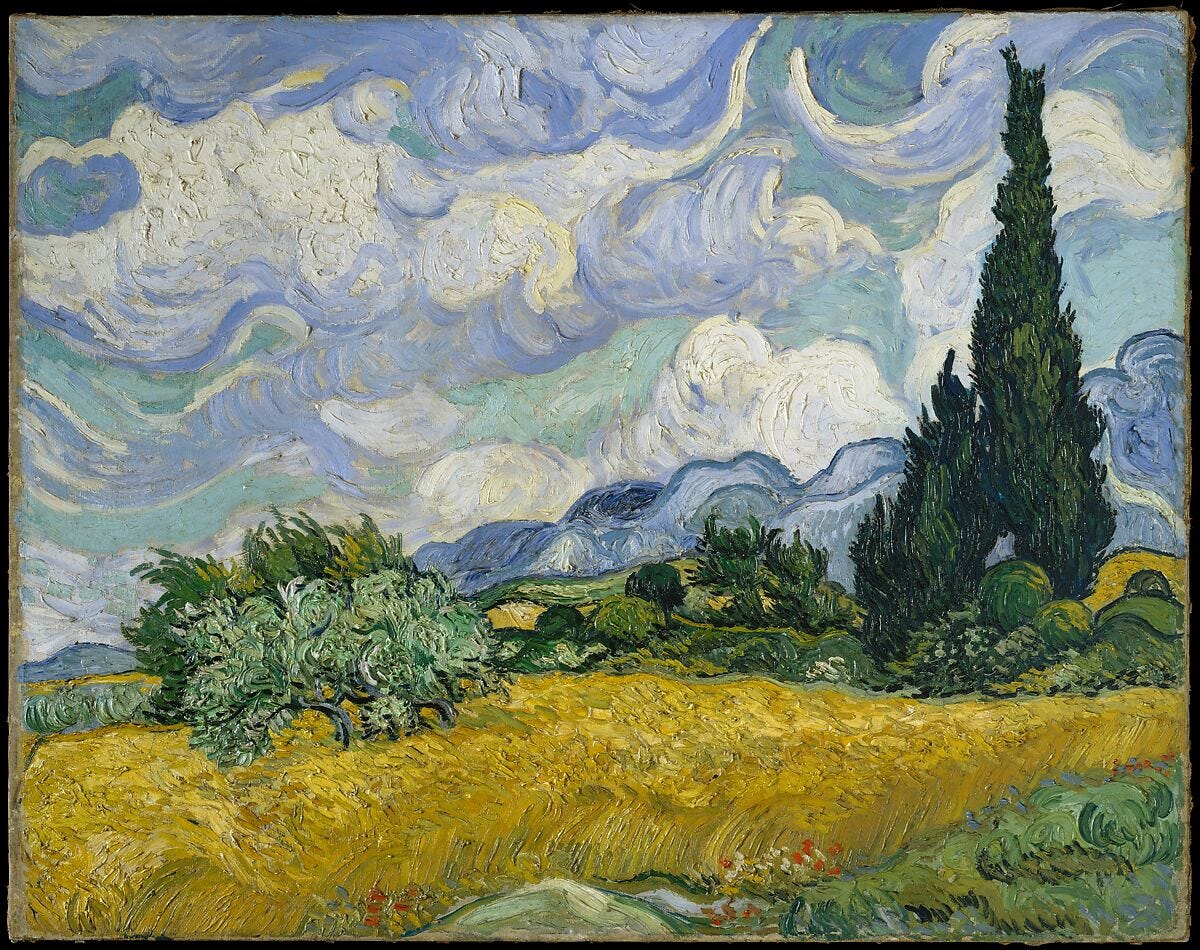
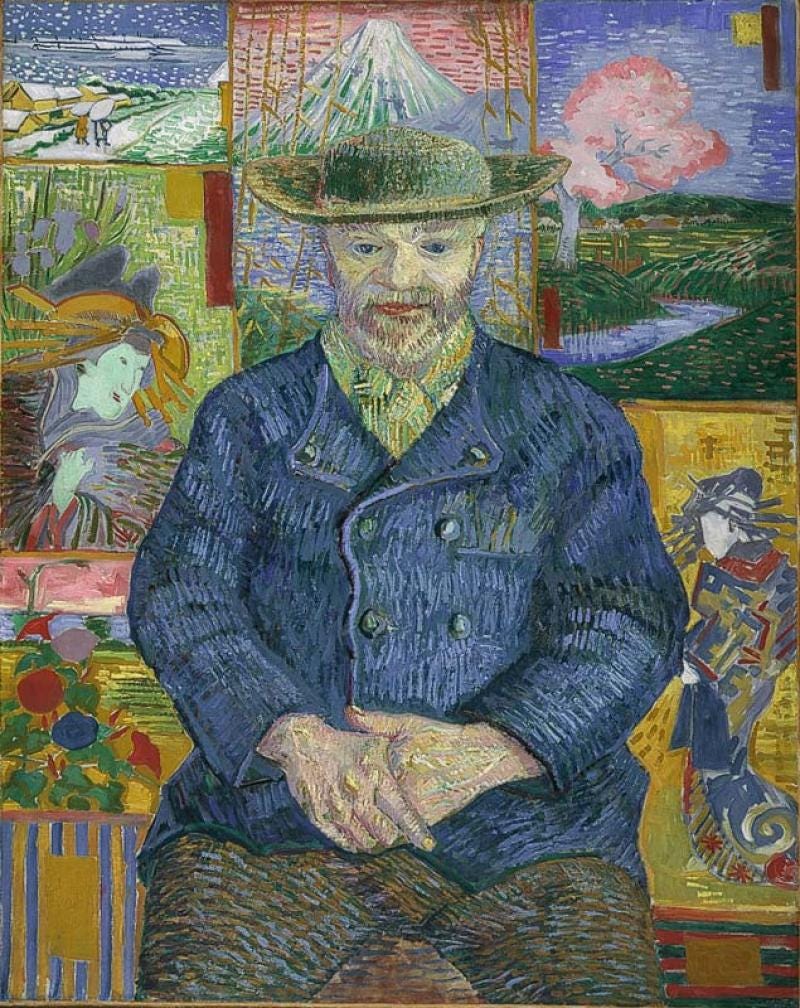
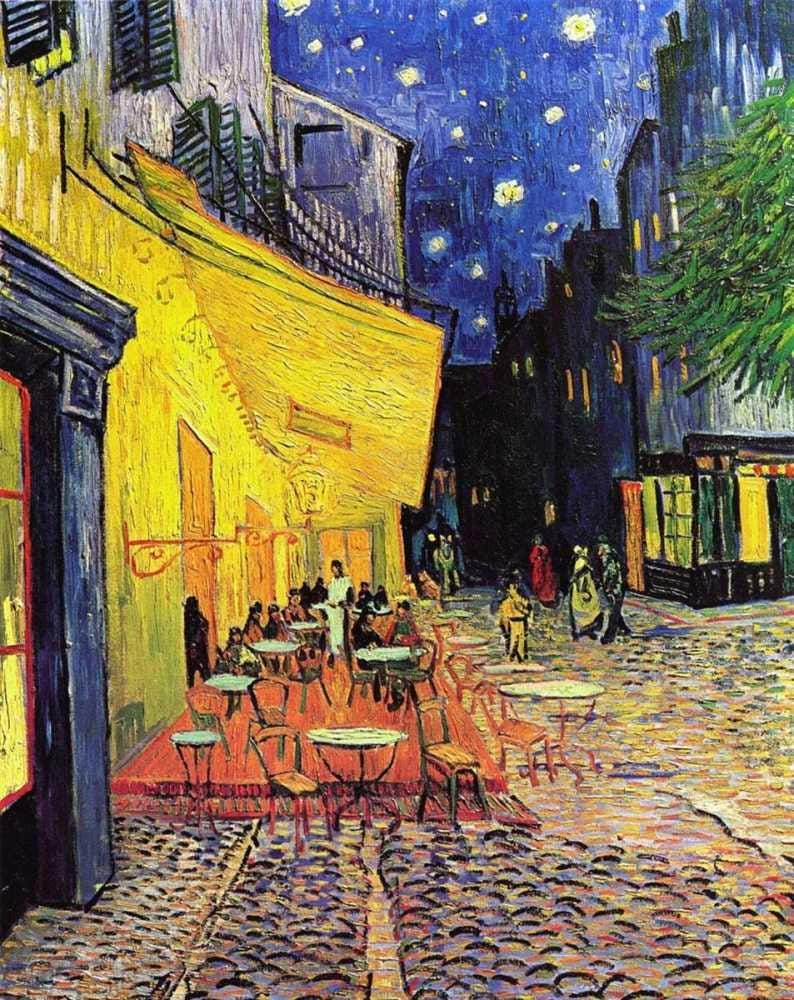
I visited the Van Gogh Museum in Amsterdam many years ago, and it was a powerful experience. Even though he had a difficult life, he transformed his pain into so much beauty, or at the very least, I imagine, consoled himself with it. I've never read his diary, but I'll have to check it out!
Van Gogh had a difficult life and his loneliness is tragic. It is a blessing that art comforted and sustained him (for a while). I wonder if his art would have been so amazing if he had led a happy, contented life? I expect we subconsciously see some of his trauma in his paintings, and that makes them more moving and astonishing.